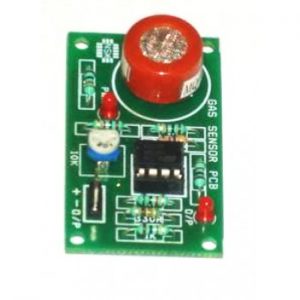Description
Inductive Proximity Sensors
Inductive proximity sensors operate under the electrical principle of inductance. Inductance is the phenomenon where a fluctuating current, which by definition has a magnetic component, induces an electromotive force (emf) in a target object. To amplify a device’s inductance effect, a sensor manufacturer twists wire into a tight coil and runs a current through it. An inductive proximity sensor has four components; the coil, oscillator, detection circuit and output circuit. The oscillator generates a fluctuating magnetic field the shape of a doughnut around the winding of the coil that locates in the device’s sensing face. When a metal object moves into the inductive proximity sensor’s field of detection, Eddy circuits build up in the metallic object, magnetically push back, and finally reduce the Inductive sensor’s own oscillation field. The sensor’s detection circuit monitors the oscillator’s strength and triggers an output from the output circuitry when the oscillator becomes reduced to a sufficient level.
Connection details
• BROWN – VCC
• BLACK-OUTPUT
• BLUE- GND
NOTE : while Selection , Select in Diameter 12 MM , 18 MM as the sensitivity varies High in maximum DIA
Features
• Operating Voltage – 5 – 30Volts DC Available – PNP / NO
• PNP – Positive O/p Logic High
• 12 MM -12 DIA / Sensitivity – 4 MM
• 18 MM – 18 DIA / Sensitivity – 8 MM
• Application – Counters , metal Detection






Reviews
There are no reviews yet.